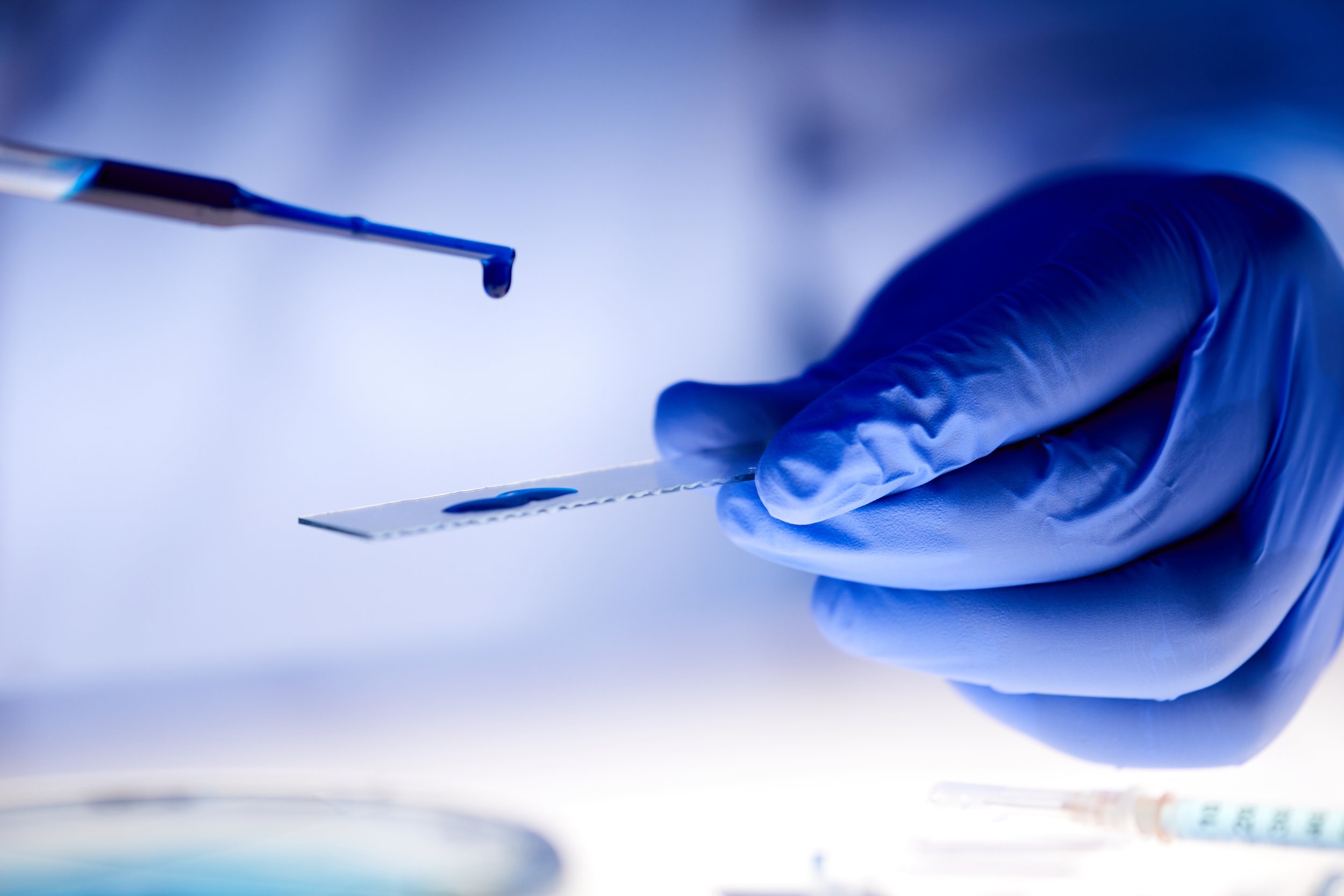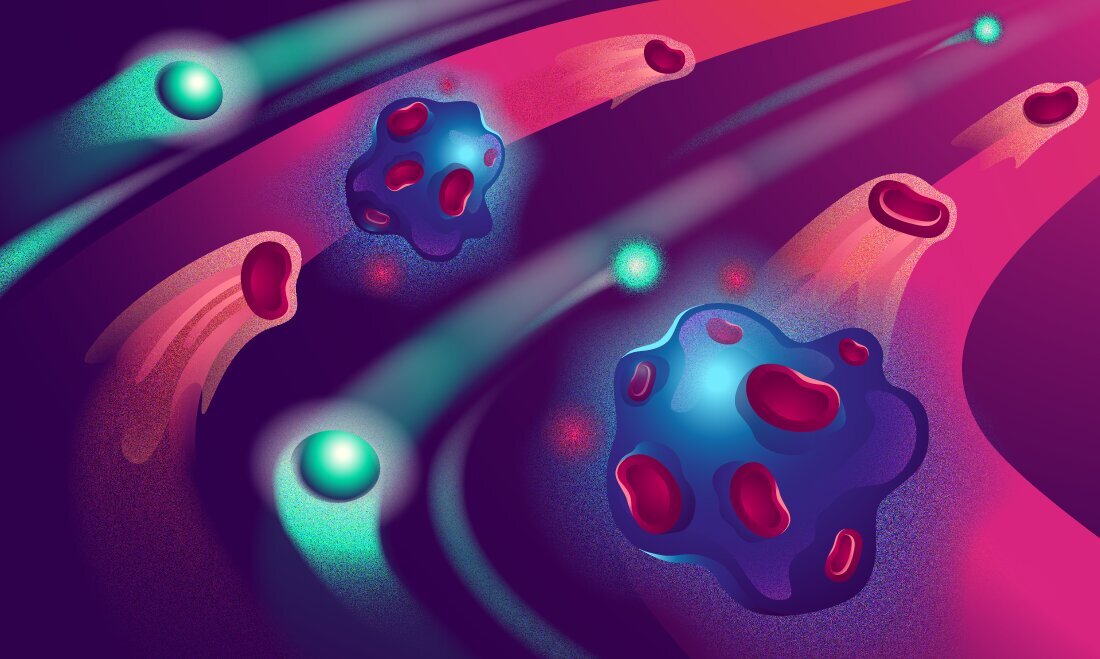Exploring bioresponsive polymers for nanomedicine

Dr. Sabina Quader, senior research scientist of the Innovation Center of NanoMedicine, together with Dr. Joachim van-Guyse, assistant professor at Leiden University, has published a review article titled "Bioresponsive Polymers for Nanomedicine-Expectations and Reality!" in the journal Polymers.
Bioresponsive polymers or polymers with bioactive moieties have attracted significant attention in the field of nanomedicine because their interaction with biology enables targeted delivery and controlled release of therapeutic agents. In addition, the recent expansion of insight into complex biology and the diversification of the design and synthesis of functional polymers continue to drive innovation in nanomedicine.
Bioresponsive polymers in nanomedicine have been widely perceived to selectively activate the therapeutic function of nanomedicine at diseased or pathological sites, while sparing their healthy counterparts. This idea can be described as an advanced version of Paul Ehrlich's magic bullet concept.
From that perspective, the inherent anomalies or malfunction of the pathological sites are generally targeted to allow the selective activation or sensory function of nanomedicine. Nonetheless, while the primary goals and expectations in developing bioresponsive polymers are to elicit exclusive selectivity of therapeutic action at diseased sites, this remains difficult to achieve in practice.
Numerous research efforts have been undertaken, and are ongoing, to tackle this fine-tuning. This review summarizes key findings of biological relevance that are often used in the design of bioresponsive polymers to provide a foundation for discussion and to identify gaps between expectations and current reality.
Source. Image: AnnaStills/EnvatoElements





